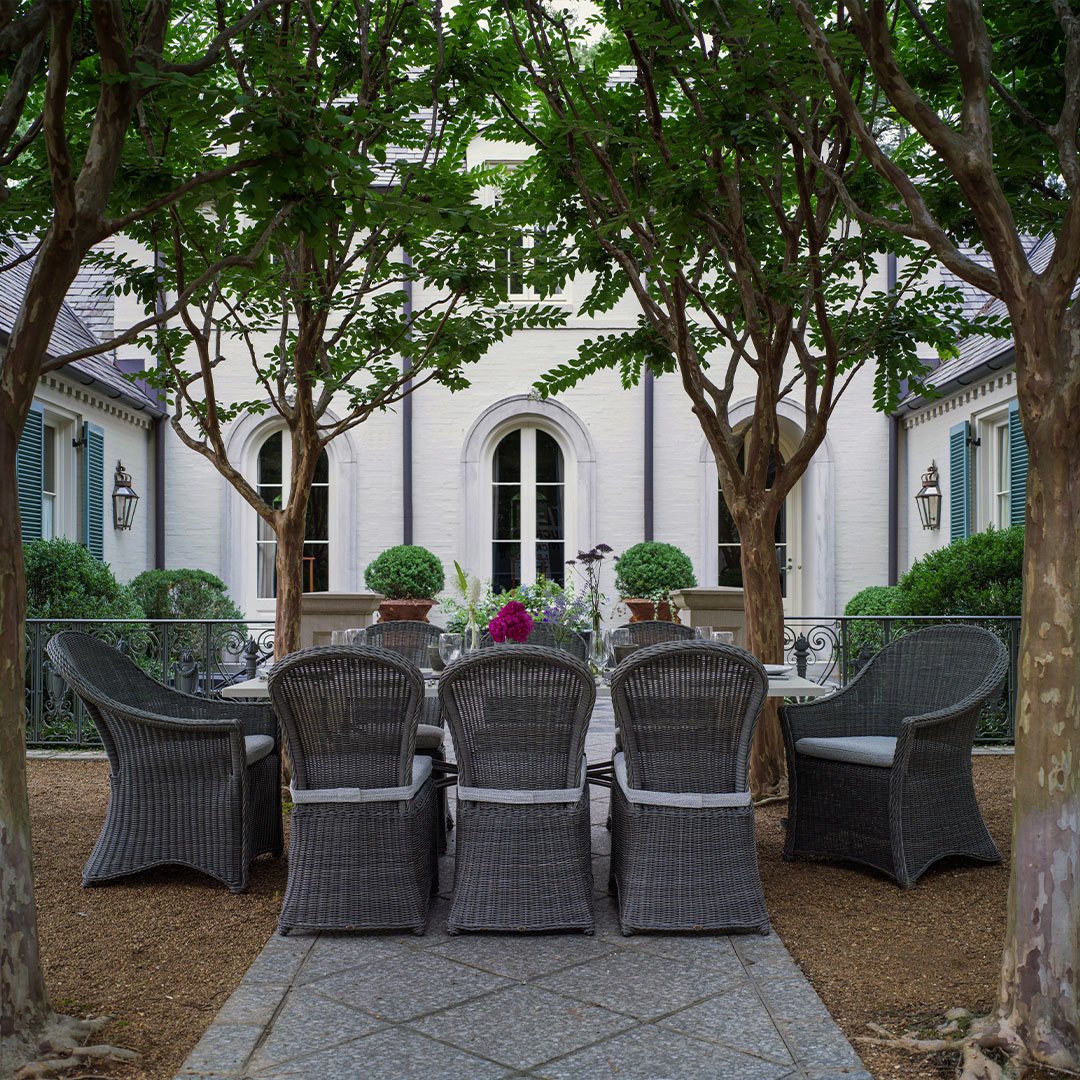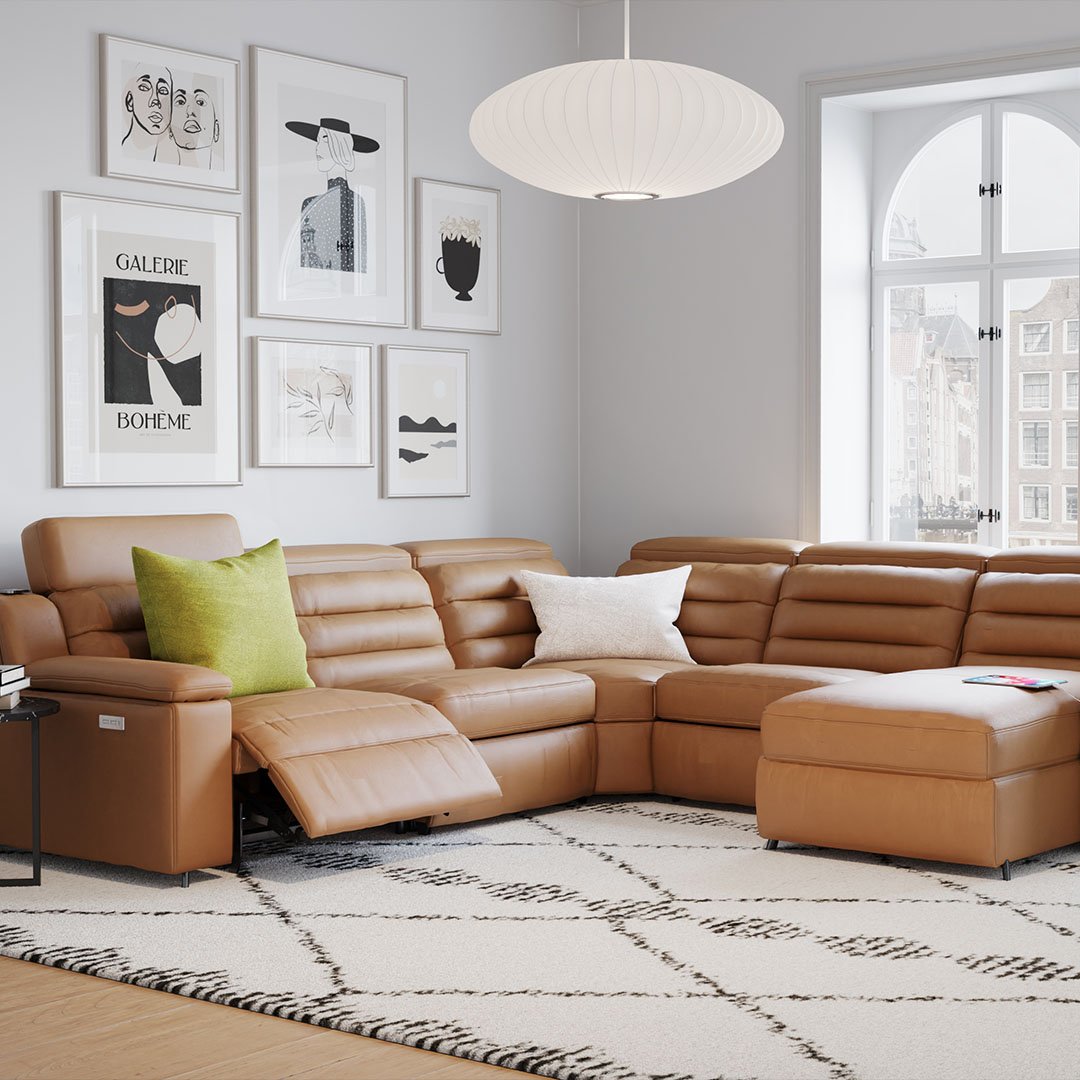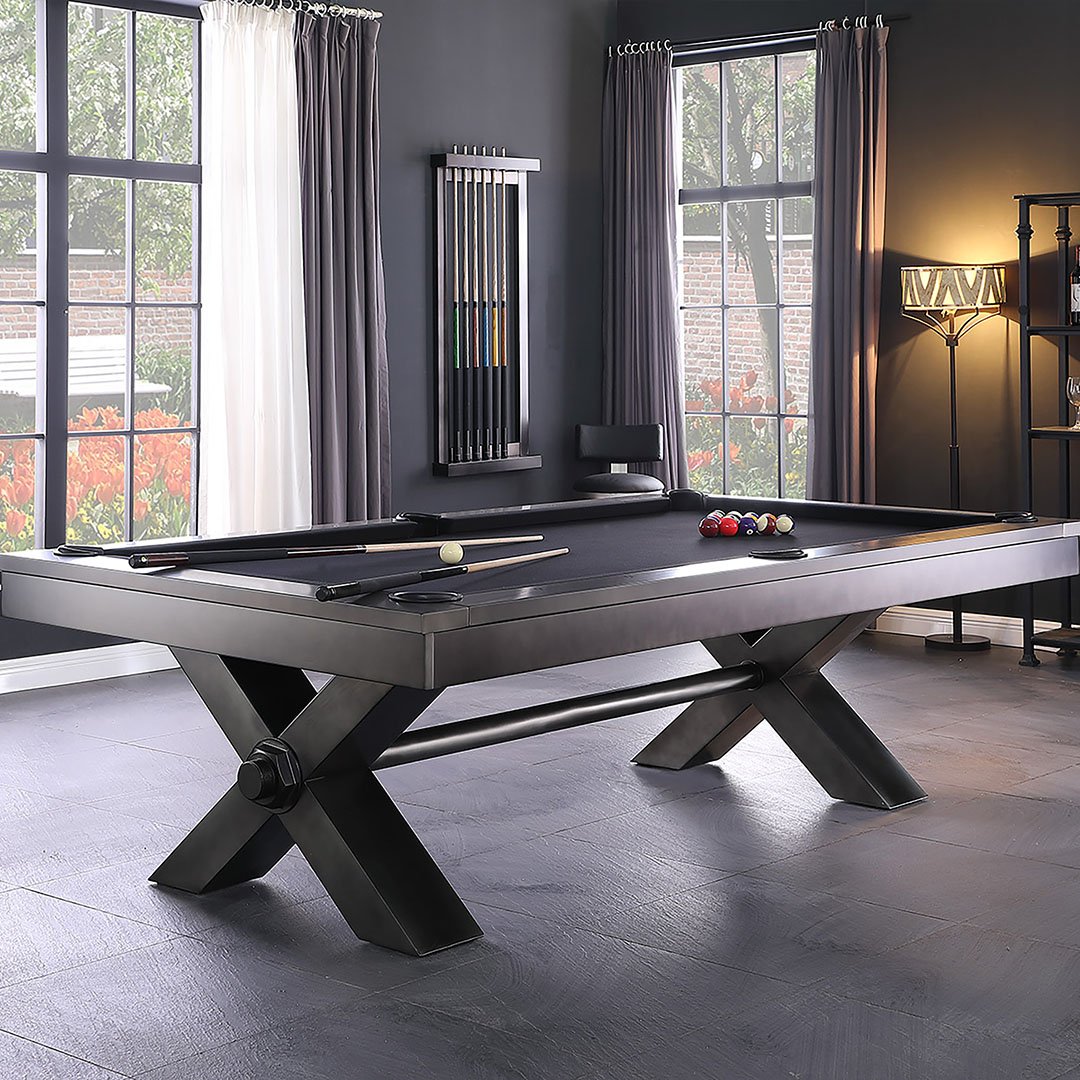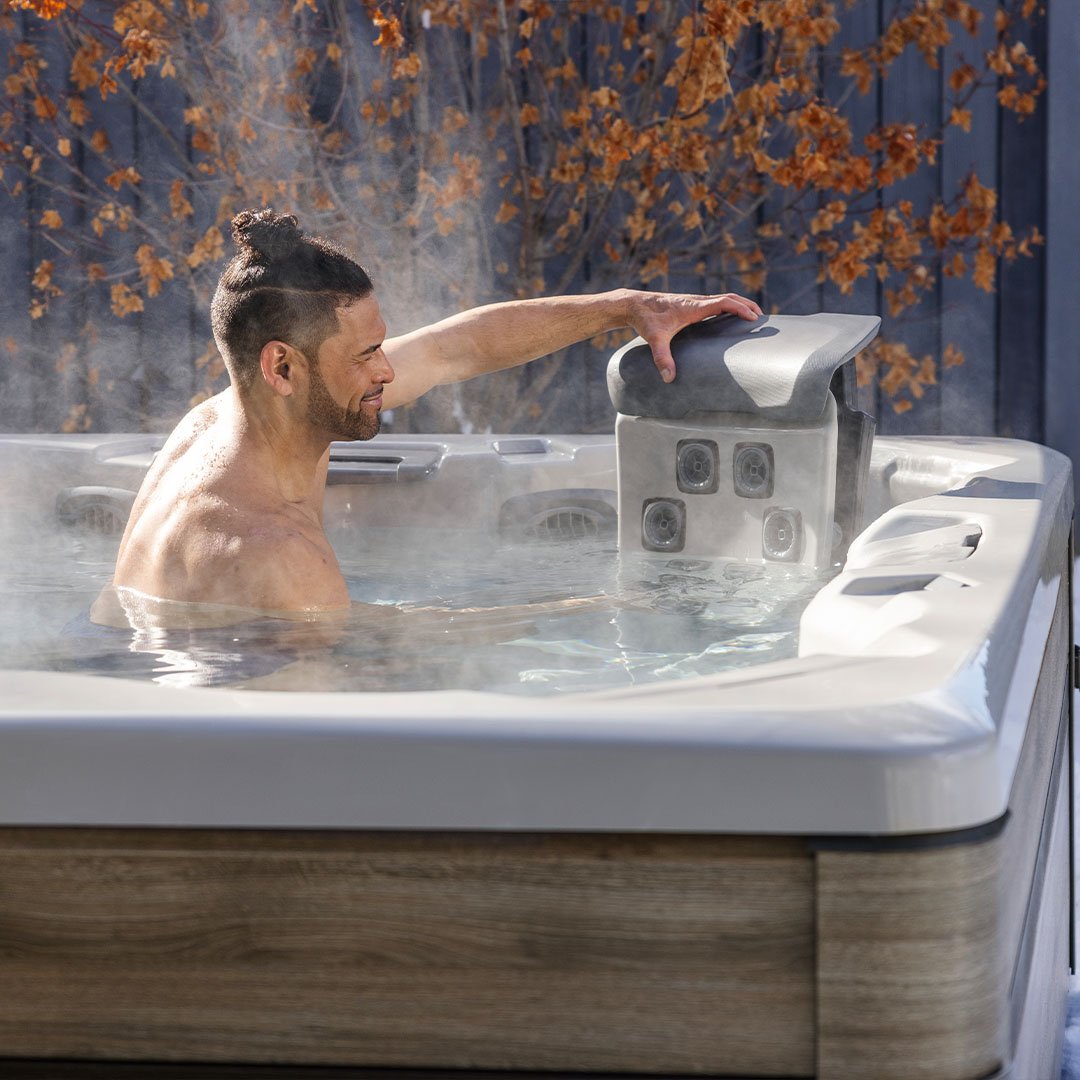Psychology of Design: How Furniture Influences Mood in Outdoor Spaces
The psychology of design explores how our physical surroundings impact mood, cognition, and behavior. When designing an outdoor oasis, elements like furniture, color, and layout can be leveraged to enhance relaxation, productivity, and joy. Understanding the mind-body connection created by our environment informs furniture choices tailored to your lifestyle and desired mental state.
Understanding the Psychology of Design
Emerging fields like neurodesign and environmental psychology reveal that spaces significantly influence the mind and emotions through unconscious cues embedded in their design.
The Connection Between Design and Human Psychology
When it comes to designing outdoor spaces, understanding the psychology of patio furniture design is crucial. The way we design our outdoor furniture can have a profound impact on our mood and overall well-being. Outdoor furniture design goes beyond aesthetics; it plays a role in shaping our emotional and behavioral responses to the outdoor environment.
Incorporating nature and natural elements into outdoor furniture designs can create fascinating spaces. The use of organic materials like wood, wicker, or rattan can evoke a sense of relaxation and tranquility. Research has shown that being in nature or having nature-inspired elements in our surroundings can positively influence our mental health and cognitive function. Therefore, when selecting outdoor furniture, consider pieces that incorporate natural elements to create a connection with the outdoors.
Seating comfort is another essential aspect of outdoor furniture design that affects our emotional well-being. The level of comfort provided by the furniture can significantly impact our level of relaxation and enjoyment in the outdoor space. Choose well-designed and ergonomically-crafted seating options that promote comfort and proper posture. From plush cushions to well-padded armrests, every design element should contribute to an enjoyable experience in your outdoor living space.
How Design Impacts Our Emotions and Behaviors
Just like how interior design affects our mood and behavior indoors, outdoor furniture design can have a similar impact on our emotions and behaviors in outdoor spaces. The principles of feng shui can be applied to outdoor furniture arrangements. Feng shui suggests that the arrangement and positioning of furniture can enhance positive energy flow, creating a harmonious and balanced space. Placing furniture strategically to allow natural light to filter through can evoke positive emotional stimulus and contribute to a sense of well-being.
Color is also an important psychological factor to consider when selecting outdoor furniture. Different colors can evoke different emotions, so it's essential to choose colors that align with the desired atmosphere of your outdoor space. For example, blue is known to evoke a sense of calmness and tranquility, while vibrant colors like red or yellow can create a more energetic and stimulating environment. Think about the overall ambiance you want to create and select outdoor furniture that complements it.
Additionally, considering how window coverings or treatments can impact the outdoor environment is crucial. Window coverings such as solar shades can regulate the amount of natural light that enters a space. Exposure to blue light, especially in the morning, can have positive effects on our circadian rhythm and overall well-being. Therefore, incorporating window treatments that allow for adequate natural light while still providing privacy can positively influence our mood and daily rhythms.
The Impact of Furniture on Mood
Have you ever noticed how different environments can evoke different emotions in you? The same goes for outdoor spaces, and the design of its furniture plays a significant role. The psychology of design shows us how furniture influences our mood in remarkable ways. Let's explore some fascinating stuff!
The Role of Color in Mood Enhancement
Color has a profound impact on our emotions and can greatly influence our mood. When it comes to outdoor furniture design, color choice is a crucial aspect. Certain colors can evoke positive feelings and create a calming atmosphere.
A patio adorned with vibrant and warm colors, such as shades of yellow, orange, and red, can create a lively and energetic outdoor space. On the other hand, cooler tones like blue and green can evoke a sense of tranquility and relaxation.
It's important to carefully consider the color of your outdoor furniture. Think about the mood you want to create and choose colors that align with it. For example, if you want to create a serene and peaceful outdoor space, opt for furniture in soothing, cool tones.
Take a look at the latest outdoor furniture trends.
The Influence of Furniture Arrangement on Emotional Well-being
The arrangement of furniture in an outdoor space can have a significant impact on our emotional well-being. Just as the principles of feng shui guide us in arranging furniture for optimal energy flow indoors, a similar approach can be applied to outdoor spaces.
Incorporating nature and natural elements into the arrangement of outdoor furniture can create a harmonious and calming atmosphere. Placing furniture in a way that allows for a clear view of the surrounding greenery can help connect us with nature and improve our mental health.
Additionally, consider the seating comfort and functionality of your outdoor furniture. Are there enough seats for everyone? Is the seating arrangement conducive to conversation and interaction? These factors can affect our emotional well-being and the overall enjoyment of the outdoor space.
Importance of Furniture Comfort and Usability
The comfort and usability of outdoor furniture are paramount for ensuring a positive outdoor experience. No one wants to sit on uncomfortable plastic chairs for an extended period. Look for well-designed furniture that provides both comfort and support.
Consider investing in designer furniture that not only adds aesthetic appeal but also prioritizes comfort and durability. Woven baskets and ergonomic seating options, like a relaxing rocking chair, can elevate the comfort level of your outdoor seating area.
Furthermore, usability is crucial when it comes to outdoor spaces. Ensure that there are suitable waste bins conveniently located in the vicinity. Well-placed tables and surfaces for food and drinks can enhance the overall usability of the outdoor space.
Remember that the design and functionality of your outdoor furniture directly impact your mood and satisfaction while using the outdoor space. Therefore, it's worth investing time and effort to choose furniture that meets your needs and enhances your well-being.
Check out our guide on How to Choose the Perfect Outdoor Furniture.


The Significance of Outdoor Spaces
Outdoor spaces play a crucial role in our overall well-being and have a profound impact on our mood and mental health. Whether it's a private backyard, a community park, or a bustling city square, these outdoor areas provide us with a much-needed connection to nature and a space to unwind and relax.
The Therapeutic Benefits of Green Spaces
Spending time in green spaces has been shown to have numerous therapeutic benefits. It has a calming effect on the mind and can help reduce stress and anxiety. The presence of plants and trees in outdoor spaces has a soothing effect on our senses, helping us feel more grounded and at peace.
Studies have also shown that exposure to nature improves mental clarity and focus. Being surrounded by greenery stimulates our cognitive functioning and enhances our ability to concentrate. That's why incorporating elements of nature in our outdoor spaces is essential for our overall well-being.
For more information about the benefits of green spaces in outdoor design, check out our furniture environmental impact guide.
The Effect of Outdoor Furniture on Creating Calming Environments
The design of outdoor furniture has a significant influence on the mood and atmosphere of a space. The right choice of furniture can create a calming environment that promotes relaxation and tranquility.
One essential aspect to consider when selecting outdoor furniture is seating comfort. Comfortable seating allows us to unwind and enjoy the outdoor space for more extended periods. Think of a cozy rocking chair or a cushioned lounge chair that invites us to sit back and relax. Avoid opting for plastic chairs or uncomfortable designs that can detract from the overall experience.
Another crucial design element is incorporating natural elements into the furniture. Using materials like wood, rattan, or wicker creates a harmonious connection with the surrounding environment. This natural touch evokes a sense of peace and harmony, enhancing our overall well-being.
Furniture that can serve multiple purposes also adds value to an outdoor space. For example, a bench with built-in storage or a coffee table that can double as a seating area provides practicality and functionality in addition to aesthetics.
Additionally, the layout and arrangement of furniture in an outdoor space have a significant impact on its atmosphere. Keep in mind the principles of feng shui, ensuring that the energy flows freely, and there is a balance in the arrangement of furniture
Tips for Creating a Calming Outdoor Space
Now that we understand the psychology of design and how furniture influences mood in outdoor spaces, let's explore some tips for creating a calming outdoor environment:
- Integrate natural light: Allow ample natural light to enter the space, as it has a positive effect on our mood and well-being.
- Choose soothing color schemes: Opt for calming colors like blues, greens, and earth tones in your furniture and decor.
- Consider window coverings: Use window treatments like solar shades to filter out excessive sunlight and reduce glare, creating a more comfortable and relaxing ambiance.
- Mind the height: Avoid using furniture that is too high or low for the space, as it may create an uncomfortable and cramped feeling.
- Embrace nature: Incorporate natural elements such as plants, water features, and natural textures to create a sense of harmony and tranquility.
Creating a calming outdoor space is not only about the choice of furniture and decor; it also involves understanding how these elements interact with our environment and affect our well-being. By incorporating these tips and principles of environmental psychology, you can transform your outdoor space into a sanctuary that promotes relaxation, rejuvenation, and a deep connection with nature.
When choosing patio furniture you should compare natural and synthetic patio furniture.

Practical Tips for Designing Mood-Influencing Outdoor Spaces
Designing outdoor spaces is not just about aesthetics; it also plays a crucial role in influencing our mood and well-being. Whether it's a cozy patio or a sprawling garden, the design of your outdoor space can significantly impact your emotional state. In this article, we will explore the psychology of outdoor design and provide practical tips to create mood-enhancing environments.
Selecting Mood-Enhancing Furniture Pieces
Outdoor furniture serves as the backbone of any outdoor space. The design and selection of furniture can greatly impact the mood of your outdoor area. Here are some tips to consider:
- Incorporate Natural Elements: When choosing outdoor furniture, opt for designs that incorporate natural materials like wood, rattan, or metal. These materials provide a sense of harmony with nature, creating a tranquil and soothing ambiance.
- Consider Seating Comfort: Comfortable seating is essential for creating a relaxing outdoor space. Look for furniture with cushioned seats and backrests that provide optimal support. A cozy and comfortable seating arrangement encourages relaxation and makes your outdoor space more inviting.
- Pay Attention to Design Elements: Just like interior design affects our mood indoors, the design elements of outdoor furniture can evoke specific emotions. For example, a rocking chair may induce a sense of tranquility and relaxation, while modern, sleek designs can create a more vibrant and energetic feel.
- Optimize the Use of Space: Consider the size and layout of your outdoor area when selecting furniture. Avoid overcrowding the space with too many pieces. Strive for a balance between ample seating and open space, allowing for easy movement and a sense of freedom.
Ideal Furniture Arrangement for Mood Regulation
The way you arrange your outdoor furniture influences the flow and energy of the space. Here are some tips for an ideal furniture arrangement that promotes a positive mood:
- Create Conversational Areas: Arrange seating in small groupings to encourage conversation and socialization. Placing chairs and sofas facing each other helps promote interaction and connection among guests.
- Consider Privacy: If your outdoor space is overlooked by neighbors or passersby, strategically place furniture to create privacy. Use tall plants, trellises, or screens to shield your seating area and create a more intimate atmosphere.
- Leverage Natural Light: Pay attention to how the sun moves throughout the day and arrange furniture accordingly. Position seating areas where they receive optimal natural light while ensuring shade options are available during hot afternoons.
Influential Factors to Consider When Choosing Outdoor Furniture Colors
The colors of your outdoor furniture play a vital role in setting the mood of your outdoor space. Here are some influential factors to consider when choosing outdoor furniture colors:
- Psychological Impact of Colors: Different colors evoke different emotions. For example, blue is associated with tranquility and relaxation, while yellow stimulates energy and happiness. Consider the psychological impact of colors and choose shades that align with the desired mood of your outdoor space.
- Harmonize with Surroundings: Look around your outdoor space and take inspiration from the existing natural colors. Choose furniture colors that harmonize with the surrounding environment, creating a cohesive and integrated design.
- Reflect Your Personal Style: Your outdoor space should be an extension of your personal style and preferences. Select furniture colors that align with your taste and create a space that feels authentic and reflective of who you are.
- Consider Light Reflection: Keep in mind that outdoor furniture colors can appear differently depending on the lighting conditions. Consider the play of sunlight and shadows on your furniture and how it can influence the overall mood of the space.
.jpg?width=1200&length=1200&name=Villa-Bianca-Crescent-Seating-Set%20(1).jpg)
Discover Our Wide Range of Outdoor Furniture
If you’re interested in finding new outdoor furniture, Watson’s has everything you need.
When you shop with us, you’ll find an amazing selection and personalized service, along with the guaranteed lowest prices in the USA. We have a wide variety of outdoor furniture from the leading brands along with tons of accessories to make your outdoor space complete. Shop online or stop by your nearest Watson’s location today.
FAQs
How does furniture affect your mood?
Furniture has a significant impact on our mood and overall well-being. The style, color, and arrangement of furniture can greatly influence the atmosphere and ambiance of a space. For instance, vibrant and colorful furniture can create a lively and energetic environment, promoting feelings of happiness and positivity. On the other hand, muted and neutral tones can evoke a sense of calmness and tranquility.
What is the environmental psychology of outdoor design?
The environmental psychology of outdoor design is the study of how the physical environment and design of outdoor spaces influence human behavior, emotions, and well-being. It focuses on understanding how elements such as natural scenery, green spaces, lighting, colors, and accessibility can impact individuals' perceptions, moods, and behaviors in outdoor settings.
How does design affect mental health?
Design can have a significant impact on mental health. A well-designed environment can promote feelings of calmness, positivity, and well-being, while a poorly designed space can create feelings of stress, anxiety, and even depression. Elements such as natural lighting, access to green spaces, and a harmonious color palette can contribute to a positive and soothing atmosphere.










